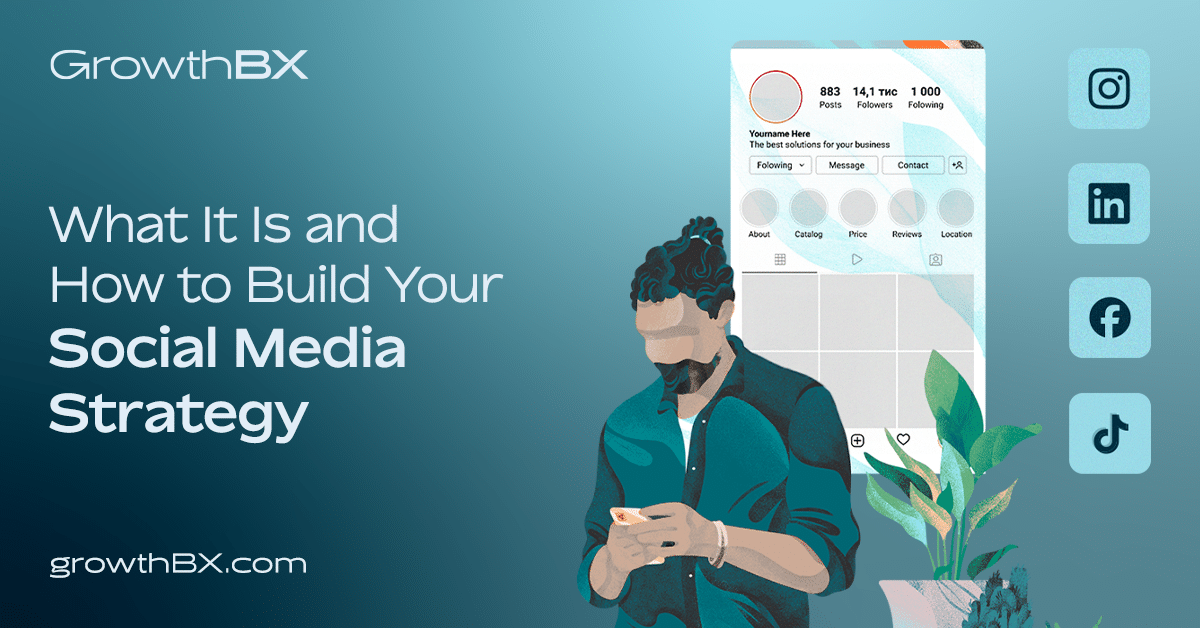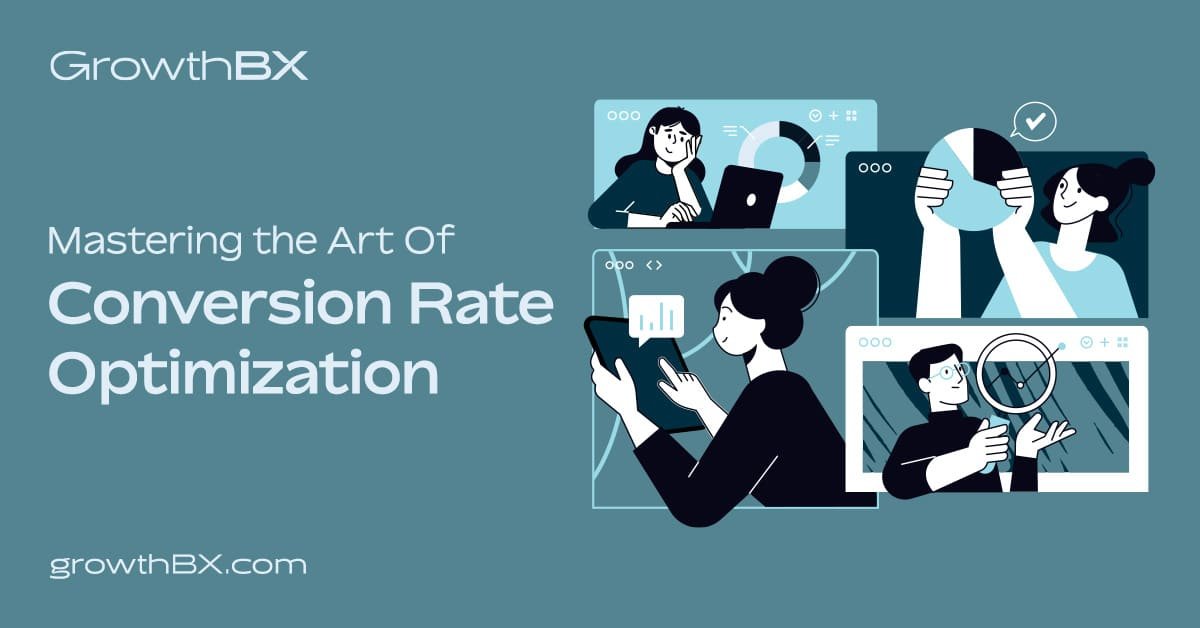Ecommerce has evolved rapidly over the years and has become an incredibly competitive field. With the rise of ecommerce businesses, it has become more challenging to stand out from the crowd and attract customers. This is where ecommerce marketing comes in, which is the process of promoting your online store to increase traffic, engagement, and ultimately sales. In this blog post, we will discuss ten ecommerce marketing strategies and tactics that can help improve your sales.
1. Content Marketing
Content marketing is a powerful ecommerce marketing strategy that can help drive sales by engaging potential customers with valuable content. You can create blog posts, videos, infographics, or any other type of content that your audience would find valuable. This content will help attract potential customers to your website and build trust with them.
If you want to implement a successful content marketing strategy, you need to understand your target audience and their needs. By creating content that addresses their pain points and interests, you can attract potential customers to your website and keep them engaged. You can also use content marketing to position your brand as an authority in your industry and build trust with your customers.
2. Social Media Marketing
Social media marketing is another effective strategy to improve sales in ecommerce. You can use social media platforms like Facebook, Twitter, and Instagram to promote your products, interact with customers, and build brand awareness. Social media marketing can also help you target your ads to specific audiences and drive traffic to your website.
To be successful with social media marketing, you need to understand your target audience and their preferred social media platforms. You should also create a content calendar and post regularly to keep your followers engaged. Social media marketing is also an excellent opportunity to engage with your customers, answer their questions, and address their concerns.
3. Email Marketing
Email marketing is a cost-effective ecommerce marketing strategy that can help you build relationships with your customers and drive sales. You can use email marketing to promote your products, offer discounts, and keep your customers informed about your latest news and updates. Personalization and segmentation are key to the success of email marketing campaigns.
To be successful with email marketing, you need to build a high-quality email list and segment your subscribers based on their interests and behavior. You should also personalize your emails and make them visually appealing to increase engagement. Email marketing is an excellent opportunity to nurture your leads, build relationships with your customers, and drive sales.
4. Search Engine Optimization
Search engine optimization (SEO) is the process of optimizing your website to rank higher in search engine results pages (SERPs). By ranking higher for relevant keywords, you can attract more traffic to your website and increase your chances of making a sale. SEO involves optimizing your website’s content, structure, and technical aspects.
To be successful with SEO, you need to conduct keyword research and optimize your website’s content based on your findings. You should also optimize your website’s structure and technical aspects, such as page speed and mobile responsiveness. SEO is a long-term strategy that requires patience and consistency, but it can be highly effective in driving traffic and sales.
5. Pay Per Click Advertising
Pay per click (PPC) advertising is a digital advertising model where you pay each time someone clicks on your ad. PPC advertising can be a highly effective ecommerce marketing strategy to drive traffic to your website and increase sales. Google AdWords and Facebook Ads are two of the most popular PPC advertising platforms.
To be successful with PPC advertising, you need to understand your target audience and create highly targeted ads that resonate with them. You should also optimize your landing pages and track your results to measure your ROI. PPC advertising can be a highly effective strategy to attract potential customers to your website and drive sales.
6. Influencer Marketing
Influencer marketing is a strategy where you partner with social media influencers to promote your products to their followers. Influencer marketing can be a highly effective ecommerce marketing strategy to reach new audiences, build trust, and drive sales. You can identify relevant influencers in your niche and reach out to them to collaborate.
To be successful with influencer marketing, you need to identify relevant influencers in your niche and create a mutually beneficial relationship. You should also ensure that the influencer’s values align with your brand and that their followers match your target audience. Influencer marketing can be a highly effective strategy to reach new audiences, build trust, and drive sales.
7. Affiliate Marketing
Affiliate marketing is a performance-based marketing strategy where you pay affiliates a commission for promoting your products. This strategy can help you reach new audiences and drive sales without upfront costs. Platforms like ShareASale and Commission Junction can help you find relevant affiliates to partner with.
To be successful with affiliate marketing, you need to create a high-quality affiliate program and recruit relevant affiliates. You should also provide your affiliates with the necessary tools and resources to promote your products effectively. Affiliate marketing can be a highly effective strategy to reach new audiences and drive sales without upfront costs.
8. User-Generated Content
User-generated content (UGC) is content created by your customers, such as reviews, photos, and videos. UGC can be a powerful ecommerce marketing strategy to build trust and social proof. You can encourage your customers to share their experiences with your products on social media or your website.
To be successful with UGC, you need to encourage your customers to leave reviews and share their experiences with your products. You should also monitor your UGC and respond to any feedback or questions. UGC can be a highly effective strategy to build trust and social proof and drive sales.
9. Retargeting
Retargeting is a strategy where you show ads to people who have previously visited your website but haven’t made a purchase. This strategy can help you remind potential customers about your products and encourage them to come back and make a purchase. Platforms like Google AdWords and Facebook Ads offer retargeting options.
To be successful with retargeting, you need to create highly targeted ads that remind potential customers about your products and offer them incentives to come back and make a purchase. You should also optimize your landing pages and track your results to measure your ROI. Retargeting can be a highly effective strategy to remind potential customers about your products and encourage them to make a purchase.
10. Upselling and Cross-Selling
Upselling and cross-selling are ecommerce marketing strategies where you encourage customers to buy additional products or upgrade to a higher-priced product. These strategies can help you increase your average order value and drive sales. You can use tactics like personalized recommendations and product bundles to upsell and cross-sell.
To be successful with upselling and cross-selling, you need to understand your customers’ needs and preferences and offer them personalized recommendations. You should also create product bundles and promotions that incentivize customers to buy more. Upselling and cross-selling can be highly effective strategies to increase your average order value and drive sales.
Conclusion
In conclusion, ecommerce marketing is essential for any online store looking to improve sales. By implementing the ten ecommerce marketing strategies and tactics discussed in this blog post, you can attract more traffic to your website, engage potential customers, and ultimately drive more sales. Remember to measure your results and adjust your marketing strategies accordingly to achieve the best results. Good luck!
Ecommerce marketing is a constantly evolving field, and it’s important to stay up-to-date with the latest trends and best practices. In addition to the ten strategies and tactics discussed in this blog post, there are several other ecommerce marketing strategies that you can explore, such as chatbots, video marketing, and augmented reality.
Chatbots are a form of artificial intelligence that can help you provide personalized customer service and automate your sales process. Video marketing is an effective way to showcase your products and engage your audience. Augmented reality is an innovative technology that allows customers to visualize your products in their own environment.
Another important aspect of ecommerce marketing is analytics. By tracking your website’s traffic, conversions, and other key metrics, you can gain insights into your customers’ behavior and optimize your marketing strategies accordingly. Google Analytics is a free tool that can help you track your website’s performance and gain valuable insights.
Finally, it’s important to remember that ecommerce marketing is not a one-size-fits-all solution. Every business is unique, and you need to tailor your marketing strategies and tactics to your specific goals and target audience. By experimenting with different strategies and tactics and measuring your results, you can find the most effective ecommerce marketing approach for your business.
In conclusion, ecommerce marketing is a complex and constantly evolving field, but by implementing the ten strategies and tactics discussed in this blog post and staying up-to-date with the latest trends and best practices, you can improve your sales and grow your business.








